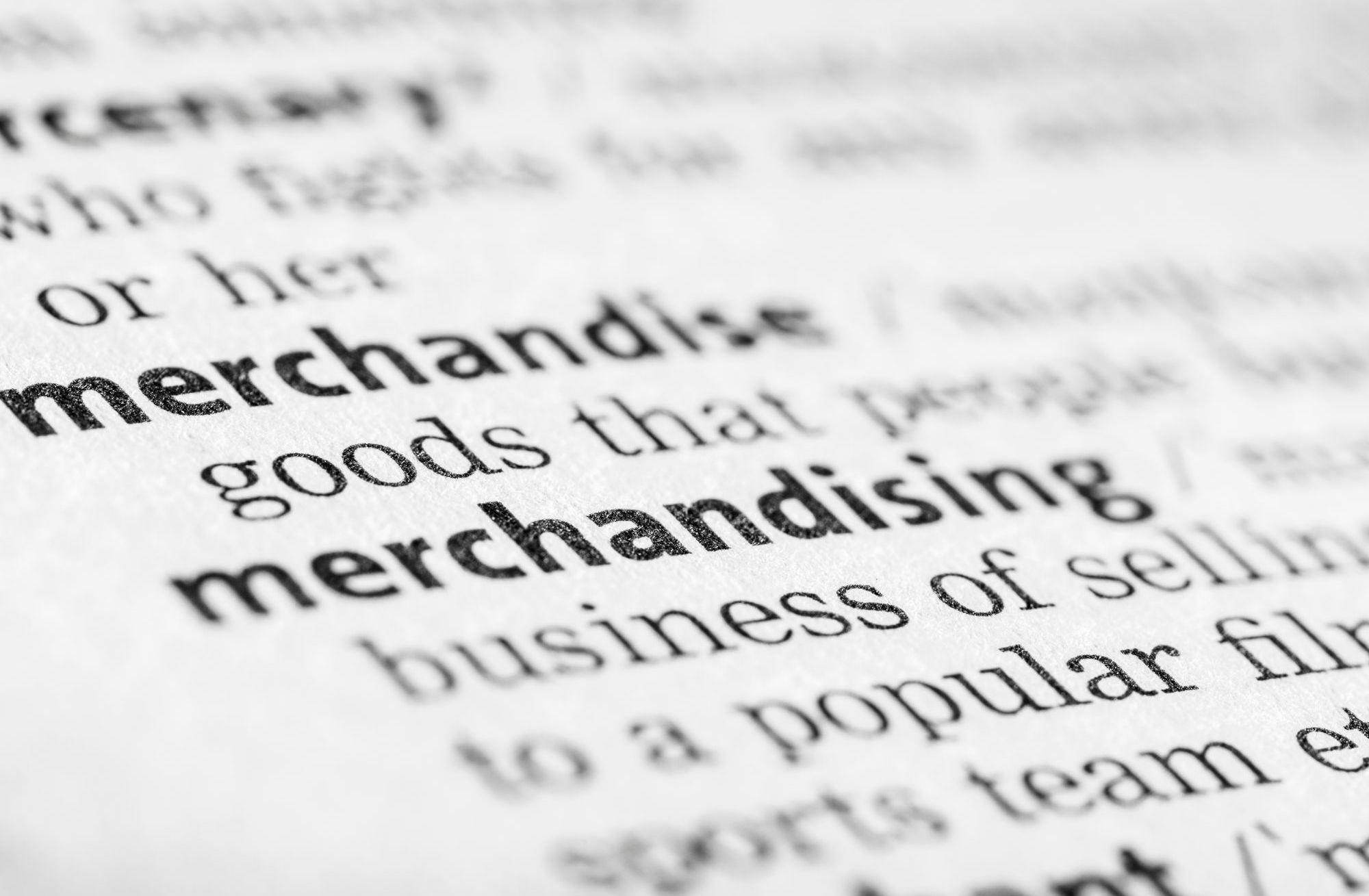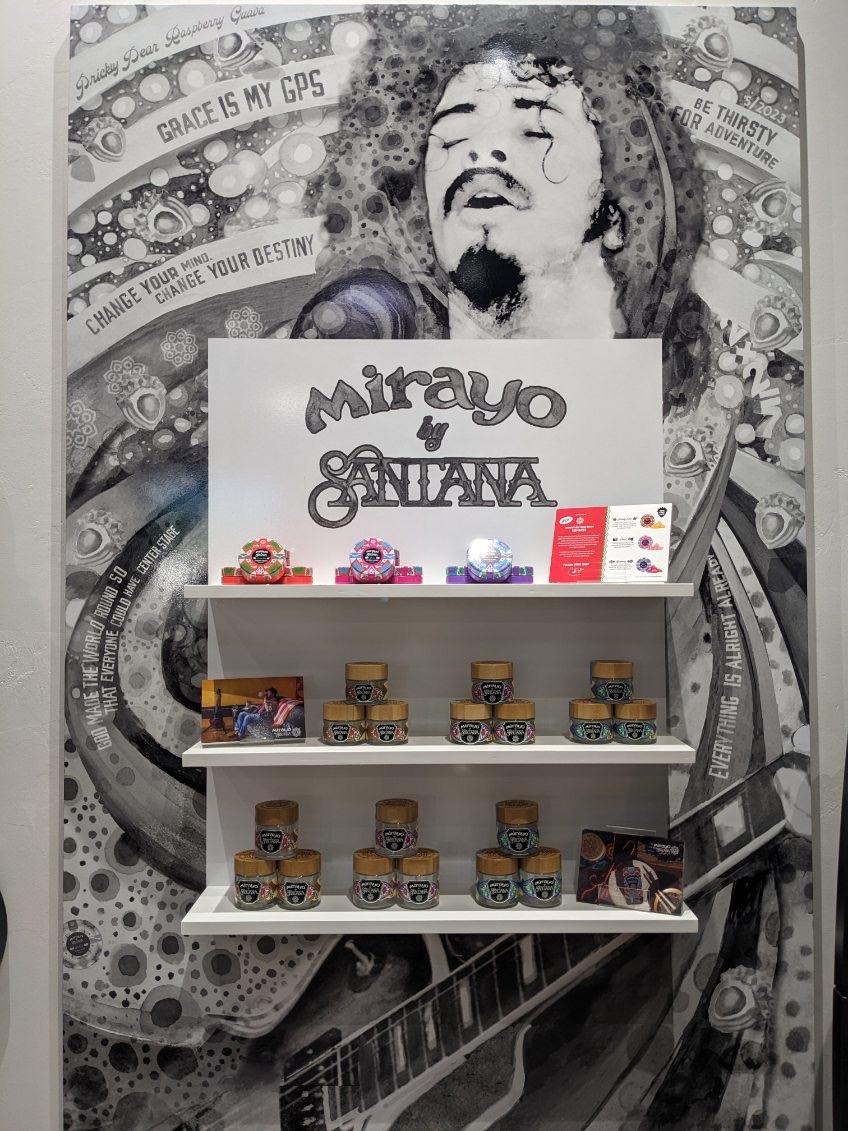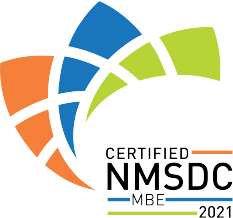
Redefining Success – A Holistic Approach
Within the domain of retail visual merchandising, gauging success of past store fixture campaigns surpasses mere reliance on sales figures. An effective campaign extends its assessment to encompass the satisfaction of all stakeholders involved. It’s a lot like a 360 employee review. While you could focus on a narrow scope, you’re leaving out a lot of valuable information for future decision making. In this case, getting feedback on customer experience, brand perception, and employee ease and compliance are essential to determine how the overall campaign went.
Measurable Results – Balancing Qualitative and Quantitative Insights
To gauge the success of your last store fixture campaign, it is essential to analyze both qualitative and quantitative data. Quantitative data provides objective, numeric measurements, while qualitative data offers valuable insights into customers’ sentiments and experiences. Combining these two types of data will give you a comprehensive understanding of the campaign’s impact.
1. Quantitative Measurements Before and After
Sales and Revenue: Track the sales and revenue generated before and after the campaign. Compare the figures to understand if there was a significant increase in sales during or after the campaign.
Foot Traffic: Analyze foot traffic data to determine if the campaign attracted more customers to your store. Increased footfall could indicate the campaign’s effectiveness in drawing attention.
Average Transaction Value (ATV): Monitor the average transaction value during the campaign. If the ATV increased, it suggests that customers were willing to spend more due to the campaign’s influence.
Conversion Rates: Measure the percentage of visitors who made a purchase before and after the campaign. A higher conversion rate signifies that the fixtures positively impacted customers’ buying decisions.
2. Qualitative Insights Before and After
Customer Surveys: Conduct surveys to gather feedback directly from customers. Inquire about their perception of the store fixtures, whether they found them appealing, and if the fixtures influenced their shopping experience.
Social Media Listening: Monitor social media channels for mentions, comments, and feedback related to the campaign. This will help you understand how customers are discussing the fixtures and your brand online.
Employee Feedback: Engage with your employees to learn about their observations and experiences during setup and over the duration of the campaign. They are on the front lines and can provide valuable insights into how the fixtures impacted customer interactions.
Reporting and Tracking Progress Over Time
Regular and transparent reporting is crucial in evaluating the success of a store fixture campaign. Develop clear metrics and key performance indicators (KPIs) based on the qualitative and quantitative data gathered. Use visual representations, such as graphs and charts, to present the data in an easily digestible format.
To track progress over time, create a schedule for reporting and analysis. You may want to assess the impact of the campaign immediately after its conclusion and then at regular intervals afterward (e.g., monthly or quarterly). This approach allows you to identify any immediate wins and to measure the campaign’s lasting effects.
Moreover, nothing can be more valuable than a post-mortem review with all stakeholders to discuss the results openly and collaboratively. Encourage feedback from different departments, including marketing, sales, and customer service, to gain a comprehensive understanding of the campaign’s overall impact.
Evaluating the success of your last store fixture campaign involves understanding the expectations of all stakeholders and measuring both quantitative and qualitative data. By adopting this holistic approach and tracking progress over time, you can ensure that your future store fixture campaigns are even more effective and impactful for your business. Remember, success is not just about the numbers; it’s about creating a lasting and positive impression on everyone involved.
Jeff Lo is owner of TGS Elevate, a visual marketing / merchandising company that provides printing, point of purchase displays, and store fixture manufacturing, and in-store build outs for companies that have 50-500 locations nationwide.









